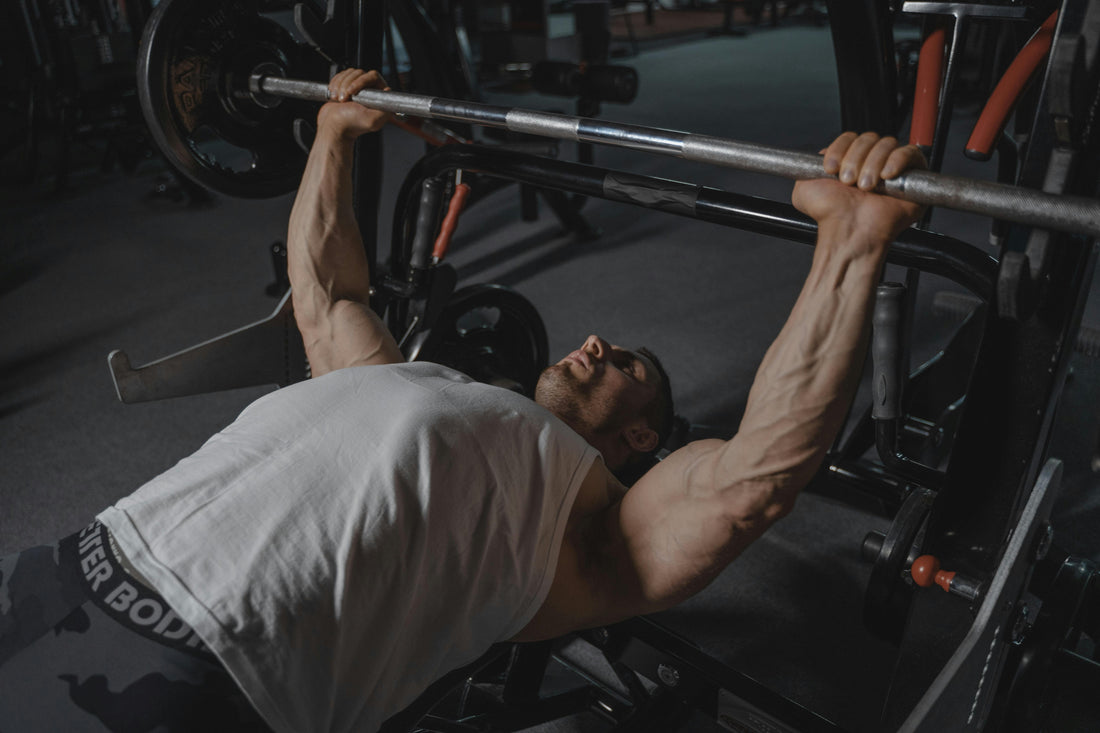


The barbell bench press is the king of upper body strength and muscle building, unmatched in its effectiveness when done with proper form. While alternatives like dumbbell and machine presses exist, they don’t compare to the raw power of the barbell.
But what about its close relative, the incline bench press? Beyond just targeting the upper chest, how does it truly compare in mechanics, efficiency, and overall chest development? Let’s break it down.
The flat barbell bench press is widely recognized as the go - to upper body exercise, especially on "chest day." However, many fail to perform it correctly. To do it right:
Setup: Lie flat with an arch in your lower back, keeping your glutes and upper back on the bench.
Form: Lower the bar with elbows at a 45-degree angle and touch your lower chest (don’t bounce). Push the bar back up with a slight elbow bend.
Engagement: Drive through your feet (without lifting your butt) and pull your shoulders down and back to focus on the chest and protect the shoulders.
The flat bench press targets pecs, shoulders, and triceps, making it a highly efficient mass builder.
It allows for heavy lifting, boosting both strength and muscle size.
Poor form can lead to injury, especially if ego lifts take over.
It’s crucial to focus on proper technique to avoid strain and ensure longevity in training. Don’t treat it like a max-out lift every session.
The incline bench press is specifically designed for targeting the upper pecs, and it’s often more challenging than the flat bench press for most lifters. Despite its steeper angle, it requires proper form and technique to maximize results.
Setup: Lie on the incline bench with your upper back and glutes in contact with the bench. Keep a slight arch in your lower back, and expand your ribcage upward.
Form: Lower the bar to just below your neck, keeping your elbows at a slight angle to your torso. Touch (don’t bounce) the bar to your upper chest, then press it back up without locking your elbows.
Upper Chest Mass: The incline press is highly effective at building the upper pecs, an often neglected area in many training routines.
Stretch & Activation: The incline angle creates a deeper stretch in the upper chest, leading to better muscle activation, and although lighter weights are typically used, the exercise stresses the entire pec region.
Ego Lifting: Like the flat bench, using too much weight can result in poor form, diminishing gains and increasing the risk of injury.
Short Range of Motion: Many lifters don’t lower the bar enough, missing out on the crucial stretch that promotes muscle growth. To maximize benefits, use a full range of motion with moderate weight.
While the flat and incline barbell bench presses are similar in execution, they each have distinct effects on the chest. The flat bench targets the middle and lower pecs, while the incline focuses on the upper chest, though both exercises still engage the entire chest. When performed with proper form, both presses will add mass to your chest, but the incline press requires a longer range of motion, which is why it often uses lighter weights.
In most gyms, the incline press is underused, leading to weaker upper pecs and a more developed middle and lower chest. To balance chest development, make sure to include both variations in your routine. Consider starting with the incline press to focus on your upper pecs, gradually improving proportions and building a fully balanced chest.